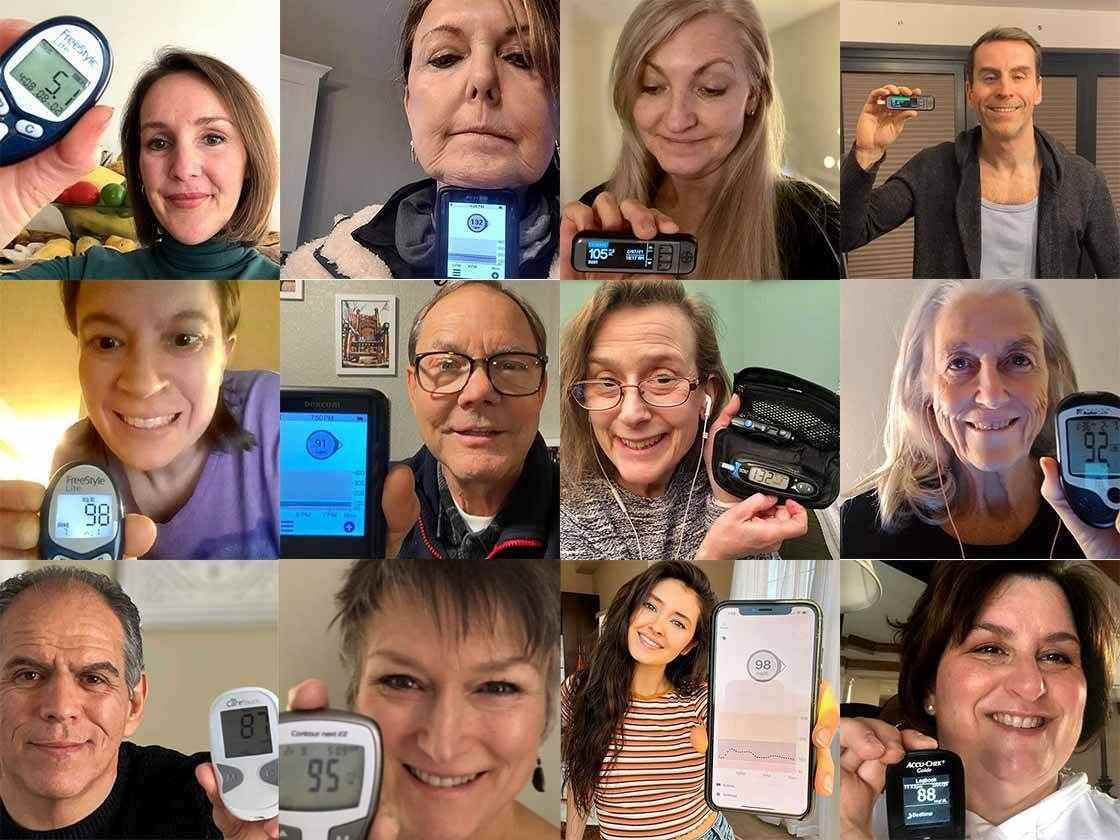Insulin resistance affects more than one billion people worldwide — and most don’t even know it. It’s the hidden root cause of prediabetes, type 2 diabetes, and even serious conditions like heart disease, kidney disease, and Alzheimer’s disease.
But here’s the good news: contrary to popular belief, insulin resistance can be reversed with the right diet and lifestyle changes.
In this article, we’ll cover:
Let’s dive in.
What Causes Insulin Resistance?
If you’ve been told that carbohydrates are the enemy, it’s time to rethink that. The real cause of insulin resistance isn’t carbs, it’s excess fat stored inside your muscle and liver cells.
When you eat a diet high in meat, dairy, eggs, oils, and processed foods, fat droplets build up where they don’t belong. This fat — called intramyocellular fat (inside muscle cells) and hepatic fat (inside liver cells) — blocks insulin from doing its job.
As a result, glucose can’t easily enter your cells, and your pancreas must produce more insulin to compensate. Over time, this leads to chronically high insulin levels, weight gain, inflammation, and eventually prediabetes or type 2 diabetes.
The solution is to clear out the excess fat by eating a low-fat, plant-based, whole-food diet. This allows your muscles and liver to become insulin sensitive again so your body can handle natural carbohydrates with ease.

Symptoms of Insulin Resistance
In its early stages, insulin resistance can be silent. Many people don’t know they have it until a blood test reveals elevated glucose or insulin levels.
Still, here are some common warning signs to look for:

The most accurate way to confirm insulin resistance is through blood tests such as fasting glucose, fasting insulin, or an oral glucose tolerance test.
The Power of Food in Reversing Insulin Resistance
Diet is the most powerful lever you can pull to improve insulin sensitivity.
At Mastering Diabetes, we recommend a whole-food, plant-based, low-fat diet centered around:
These foods are naturally rich in fiber, antioxidants, and micronutrients that improve insulin sensitivity.

Avoid or minimize:
By replacing those with whole, plant-based options, your body can clear excess fat, improve insulin response, and manage blood sugar more efficiently.
The Truth About the Glycemic Index
The glycemic index (GI) measures how quickly a food raises blood sugar. While it can be useful, it can also be misleading.
For example, a Snickers bar has a GI of 41 — lower than many fruits — but that doesn’t make it a healthy choice. The difference lies in fiber and nutrients.

Whole fruits, vegetables, legumes, and whole grains release glucose slowly, giving your body time to handle carbohydrates without large insulin spikes.
A major study published in PLOS Medicine found that people who ate fresh fruit regularly were less likely to develop diabetes and had a lower risk of complications like heart and kidney disease.
Vegetables, Phytochemicals, and Metabolic Health
Vegetables of all kinds — leafy greens, cruciferous veggies, and colorful produce — are packed with antioxidants and micronutrients that help your body use insulin efficiently.
A 2023 study showed that people who ate more fruits and vegetables had lower inflammation and oxidative stress, even without major weight changes.

Mushrooms, garlic, and onions also provide compounds that improve metabolic health. The more plant diversity you add, the stronger your results.
Healthy Fats: How Much Is Too Much?
Every whole plant food contains some fat — even fruits and vegetables. In small amounts, these fats are healthy and provide essential omega-3 and omega-6 fatty acids.
The issue isn’t fat itself but too much saturated and trans fat, which promotes fat buildup in your liver and muscles. These fats are mainly found in meat, dairy, eggs, fried foods, and oils.
A controlled human study found that diets rich in unsaturated fats improved insulin sensitivity compared to those high in saturated fats.
The best sources of healthy fats are whole plant foods such as:

Limit added oils and animal-based fats, including fish and seafood. Even plant oils, when isolated, can hinder your progress because they’re stripped of fiber and nutrients.
Superfoods That Support Insulin Sensitivity
Cinnamon
Cinnamon is one of the most studied spices for blood sugar control. Research shows it can lower fasting glucose, triglycerides, LDL, and total cholesterol — all without side effects.

Cumin
Cumin not only enhances flavor but also helps lower blood sugar and improve cholesterol levels. Some studies found it performed even better than common diabetes medications.

Turmeric
Turmeric reduces inflammation and improves insulin sensitivity. Its active compound, curcumin, is even more effective when combined with black pepper.

Testing and Tracking Your Progress
If you’re unsure whether you’re insulin resistant, simple blood tests can help:
High fasting insulin or glucose above 100 mg/dL, or a 2-hour glucose above 140 mg/dL, may signal prediabetes or insulin resistance. Catching it early gives you time to act.
Lifestyle Habits to Reverse Insulin Resistance
Two main habits can transform your insulin sensitivity:
Diet
Base your meals on fruits, vegetables, legumes, and whole grains. Avoid oils, processed foods, and animal products. Keeping dietary fat low helps your body clear excess fat from the liver and muscles.
Movement
Exercise doesn’t need to be intense. Simple activities like walking after meals, climbing stairs, or dancing help your muscles absorb glucose naturally.
Even a 5–10% weight loss from these changes can dramatically improve insulin sensitivity.
Here are a few more practical steps:
Reversing insulin resistance takes time and consistency — but the results are worth it. You’ll have more energy, better blood sugar control, and a lower risk of chronic disease.
Lower Your A1c and Fasting Blood Sugar... Guaranteed

Your results are guaranteed. Join more than 10,000 ecstatic members today
Personalized coaching puts you in immediate control of your diabetes health, helps you gain energy, improves your quality of life, and reduces or eliminates your meds.

